
MIGHTY SOVEREIGNS of OTTOMAN THRONE: SULTAN MUSTAFA II
Sultan Mustafa II was the 22nd Ottoman sultan and the 87th caliph of the Muslims. He was the son of Sultan Mehmed IV. Born in 1664 to Emetullah Rabia Gülnuş Haseki, he was more educated than his father and uncles and lived a life that could be evaluated as comfortable for a şehzade (prince). He improved his experience by participating in expeditions with his father. He and his full brother Ahmed were very close which is a rare occurrence in history.
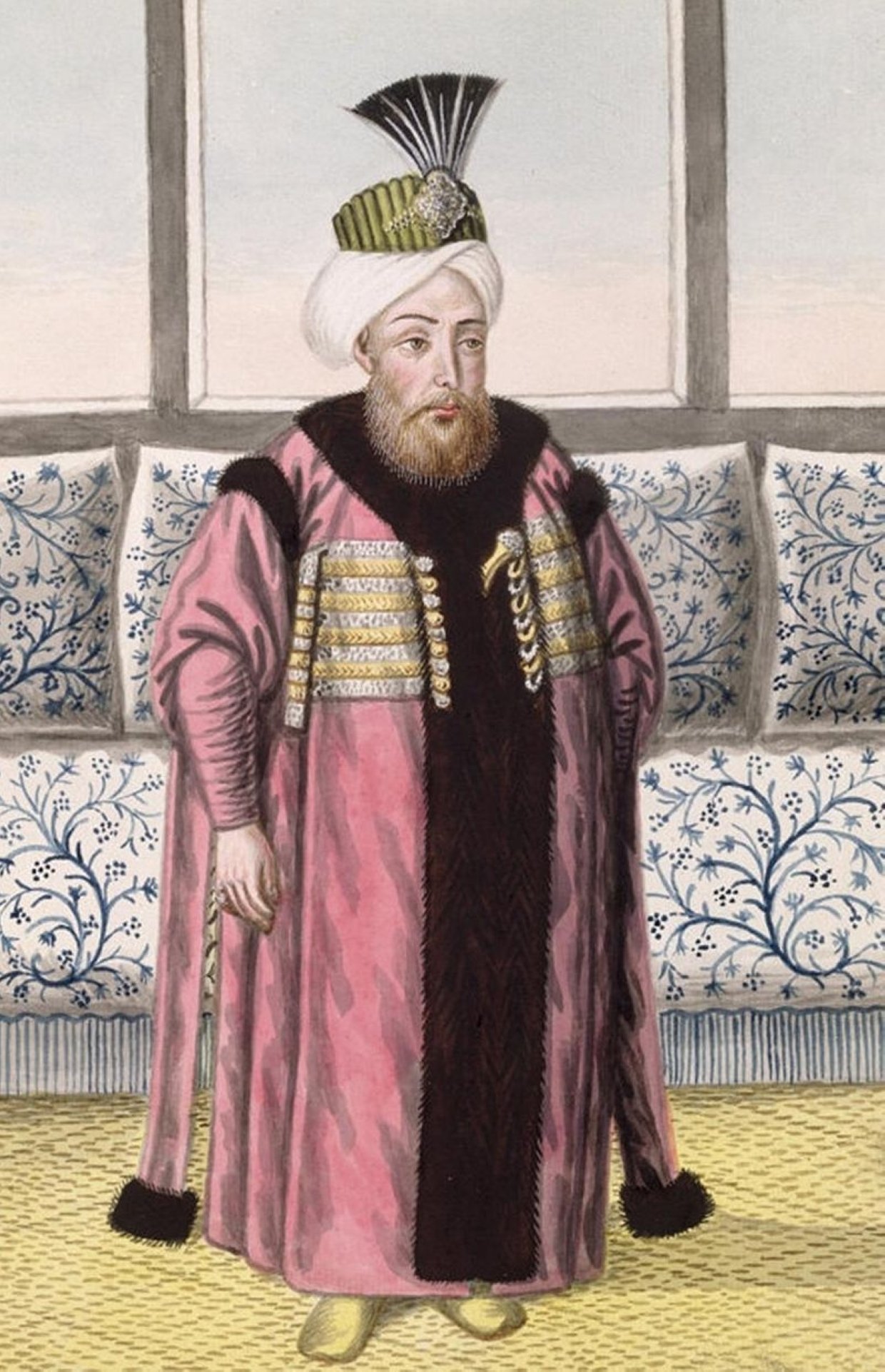
When Sultan Mustafa II was to ascend the throne after his father was deposed, two of his uncles were successively enthroned by bureaucrats in opposition to the Ottoman constitutional conditions. Upon the death of his uncle Ahmed II in 1695, he assumed the throne in Edirne without waiting for anyone's invitation and received allegiance by calling on the notables of the state. He was the most active and talented of the rulers among the sovereigns that came after Sultan Murad IV.
During the reign of his two uncles, who ascended the throne after his father, he carefully observed the disasters suffered by the empire and the succession of worthless viziers to the government. He was determined not to leave the state administration in the hands of statesmen like his father and uncles did.
The coronation firman (edict) he issued when he ascended to the throne was, unprecedentedly, like the program of a modern government. He pointed out the weaknesses of the state and the mistakes of his fathers and uncles by criticizing their era. He also forbid himself pleasure and enjoyment, instead declaring his intention to go to holy war by making Sultan Suleiman I, also known as Suleiman the Magnificent, his ideal.
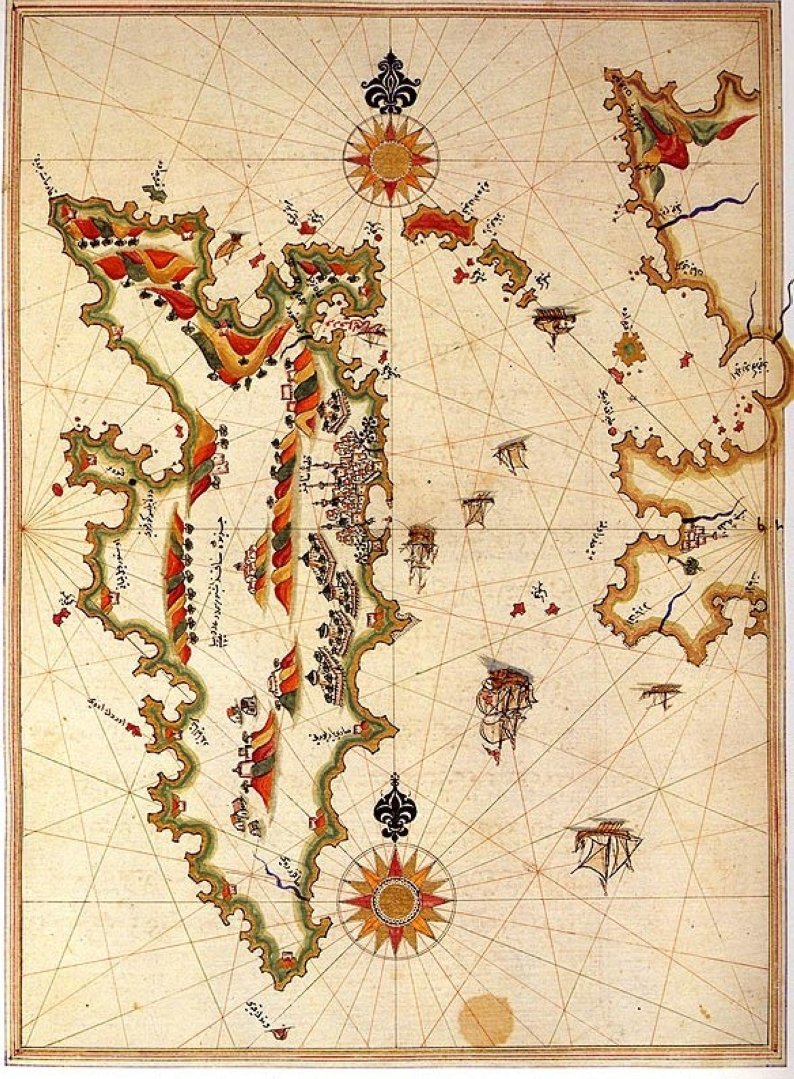
I don't need money!
News of victory came from the Battle of Chios, which had begun in the time of Sultan Mustafa II’s uncle. Chios was liberated from Venetian occupation in 1695. The battles against the whole of Europe had been going on for 16 years on six fronts. Instead of prolonging this situation, it was decided that the losses would be compensated with alliances, one by one.
It is a sign of great power and success for the Ottomans to be able to continue such a war alone, even if it did not end well. As a matter of fact, Rome had established its great empire by seizing city states one by one. Great Britain, on whose lands the sun did not set, had never entered a major war on its own, except for against the colonies. Although Russia fought alone with small states, it was able to achieve success by forging alliances with others against large states.
Sultan Mustafa II asked Grand Vizier Sürmeli Ali Pasha, “Is it better for the state that I go on an expedition personally or stay in Edirne? For the sake of Allah, respond to this without making it personal.” The pasha answered that it would be costly for the sultan to go on an expedition and that in case of defeat, the responsibility would be on him.
Sultan Mustafa II replied: “I do not need money. I will eat stale bread if necessary. I sacrifice my body in the way of religion. Whatever trouble comes, I will be patient," and he set out on his first campaign in 1695. The Ottomans won a victory in the Battle of Lugos. The road to Erdel (Transylvania) was opened for the army but they returned as the suitable season had passed. The next year, Sultan Mustafa II went on his second expedition, and he was victorious at the of Olasch as well.

One of the most painful events
While Sultan Mustafa II and his army, having embarked on their third expedition in 1697, were crossing the Tisza river in the village of Zenta using nine large bridges, the enemy army commander, Prince Eugene of Savoy, showered them with artillery fire. The passage of the army was accelerated but the bridges could not withstand the weight and collapsed. The army was divided on both sides. One-fifth of the army of 100,000 was destroyed or drowned. Approximately 7,500 people died in combat. Grand Vizier Elmas Mehmed Pasha and many commanders were killed. When the number of casualties was too great, the army retreated. The sultan stopped eating and drinking for three days because of his sadness.
Because of this battle, in which two grand viziers and 30 viziers were killed, everyone made the sacrifices that they could. Even the Ottoman high class acted with great enthusiasm and national spirit. Whatever valuable goods were in the palace and rich mansions, they were sent to the mint and coins were printed. Sultans ate their meals with wooden spoons.
This defeat against Prince Eugene, one of the greatest commanders of the century, led to the end of the war and the loss of Hungary. This is one of the most painful events in Ottoman history. Sultan Mustafa II hoped that he could save Hungary. But how was this possible with an army where the soldiers did not listen to their commander and there was jealousy among the commanders?
Erasing fear of Turks
Sultan Mustafa II was persuaded to peace and the difficult peace negotiations took two years. The Treaty of Karlowitz was signed in 1699. Reisülküttab (a chief clerk, the equivalent of a modern-day foreign minister) Rami Mehmed Pasha, a skilled diplomat, was the Ottoman delegate in this treaty. With his intelligence and experience, he diminished the magnitude of the losses. He was later made the grand vizier for his efforts.
Hungary and Transylvania (except Banat), which had been under Ottoman control since 1526, were given to Austria while Azov was given to the Russians, the Peloponnese to Venice and Podolia to Poland. Austria obtained a large number of Hungarian people, which proved to be troublesome in the future. The Orthodox people of the Peloponnese were not satisfied with the fact that their country was given to Venice. The Ottomans lost 365,000 square kilometers (140,927 square miles) of land. The Peloponnese and Azov were taken back shortly.
The French historian Fernand Grenard said that "1699 is the date when the supremacy of Asia passed to Europe." Joseph von Hammer-Purgstall also said: “Thus, the fear of Turks was erased from Europe's imagination. It showed that it was possible to defeat them and take land from them,” The Ottoman army and navy were still the first in the world and continued to maintain this position for three-quarters of a century.
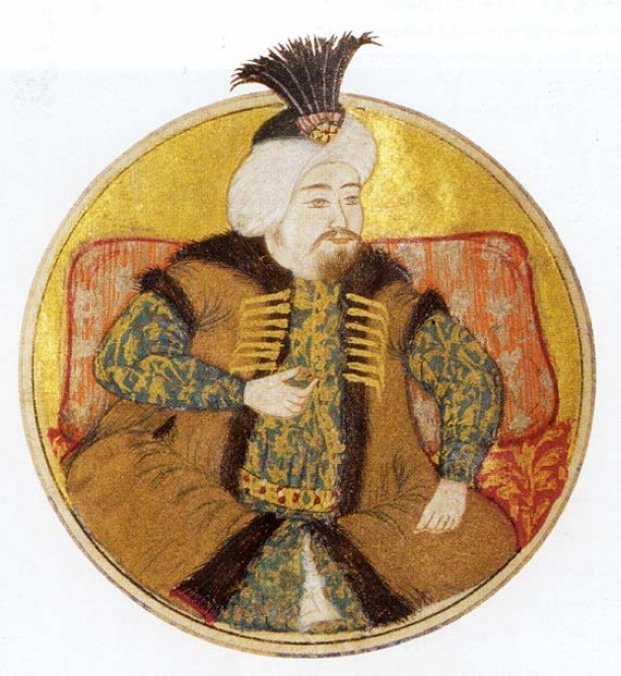
This treaty was one of the worst blows in Ottoman history. However, thanks to this, the Ottomans stopped focusing on the burden of warfare, which cost the lives of two grand viziers, tens of viziers and thousands of soldiers, and focused on economic progress. States established diplomatic relations with each other.
Reconstruction works
The long wars left their mark everywhere. Agriculture, industry and all kinds of production activities had stopped. The people were in a difficult situation due to heavy taxation. Sultan Mustafa II abolished war taxes. As a precaution against mutiny, he forbade the governors to supply special soldiers. The sultan reduced the number of Kapıkulu soldiers, the Household Division of the sultans, by half. He increased the number of galleys (ships propelled by oars) instead of galleons (multi-decked sailing ships).
He focused on rebuilding the country and everyone followed him. Counting the works of Grand Vizier Amcazade Hüseyin Pasha, the nephew of Köprülü Mehmed Pasha, gives an idea of the level of activity: He commissioned four mosques in Istanbul, Edirne, Lepanto and Gladiska, a madrassa and school in Istanbul, a canal in Alexandria, a dam in Istanbul, four fountains in Istanbul and 10 fountains in Merzifon and troughs outside Edirne. Amcazade's mansion on the Bosporus is one of the oldest examples of civil architecture.
In addition, Sheikh al-Islam Feyzullah Efendi commissioned a madrassa and library in Fatih; Rami Mehmed Pasha ordered a fountain and school in Eyüp; Damat Ali Pasha built a library and Silahtar Çorlulu Ali Pasha had a madrassa and a two-story mosque built in the shipyard.
Edirne incident
The military defeat caused Sultan Mustafa II a great psychological depression and he retreated into him shell. In this second half of his reign, he failed to show the energy that he showed in the first. He lived in despair. In this period, he left the state affairs in the hands of his teacher and sheikh al-Islam Feyzullah Efendi, whom he respected and trusted very much.
Feyzullah Efendi was a valuable scholar and legist. However, he was very ambitious. He gave positions of high authority to his relatives. Even though these people were actually qualified for those positions, great envy and enmity arose in others.
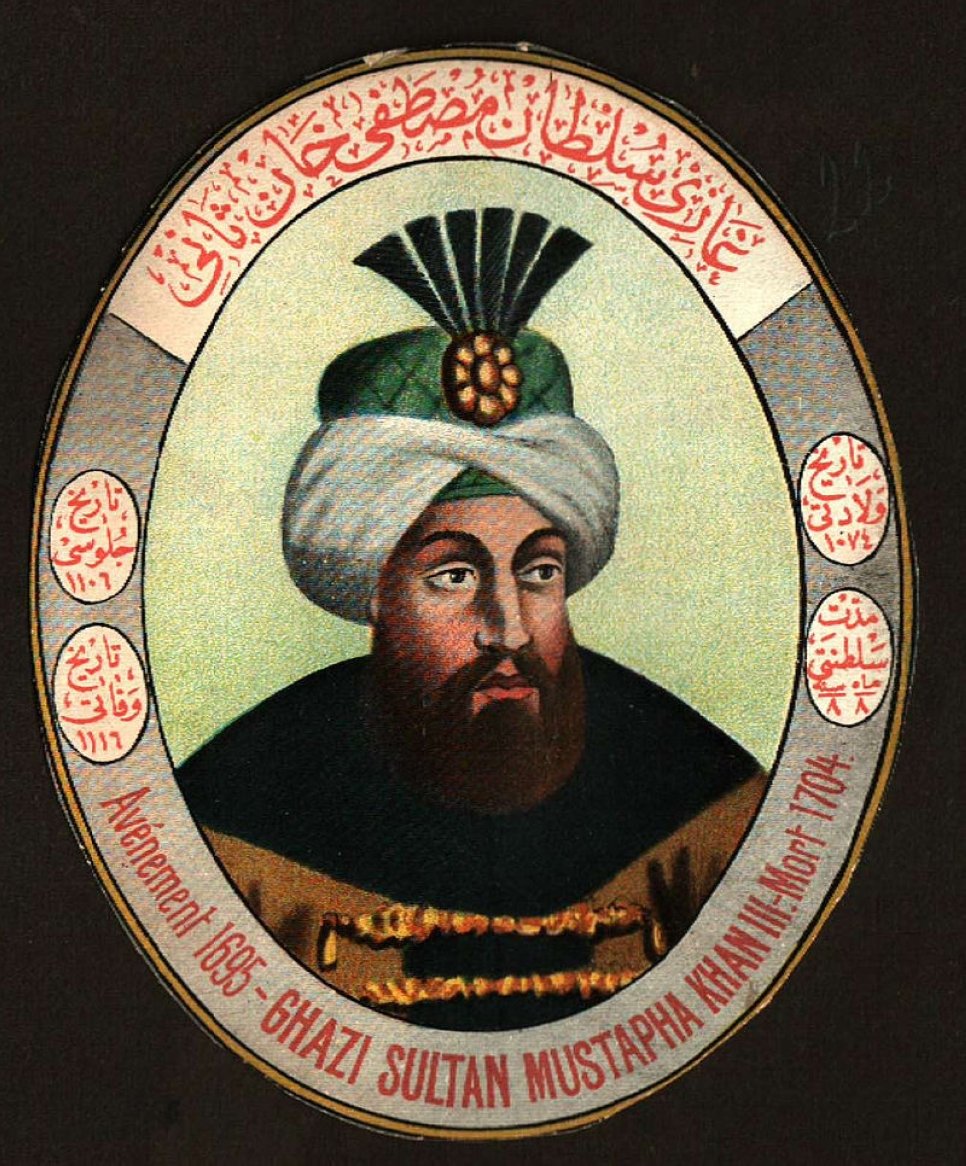
Meanwhile, the sultan's retreat from state affairs and his four-year stay in Edirne caused dissatisfaction. A military revolt broke out in Istanbul in 1703. Civilians also participated in this. The ilmiye (scholar) class also secretly supported the rebels.
The rebellion, known as the "Edirne Incident," expanded; approximately 60,000 rebels marched to Edirne. Being a very smart woman, the Valide Sultan (Mother of the Sultan) immediately went to her son and advised him to dismiss Feyzullah Efendi. He also listened to his mother and exiled the sheikh al-Islam with his sons.
Let no blood be spilled
The sultan, who had an 80,000-man army under his command, did not want any blood to be shed. It was also doubtful that he could trust these soldiers. He immediately let his brother Şehzade Ahmed know that he would be giving up the throne. However, the rebels did not want Şehzade Ahmed to take over the throne, preferring the 11-year-old son of the previous sultan, Ahmed II. They knew of the close relationship between Sultan Mustafa II and his brother and feared that, if Ahmed assumed the throne, he would take revenge on the rebels (which eventually happened).
In exchange for Baltacı Mehmed Agha distributing all his wealth to the rebels, the heir apparent ascended to the throne and was given the title Sultan Ahmed III. Baltacı later became the grand vizier and won a victory against Russians in the Battle of Prut.
Sultan Mustafa II gave guidance to his brother. He advised him to have total control of the state administration and not to give any rights to anyone. There are sultans in history who were brothers, but these two were the only sultans from the same father and mother.
Meanwhile, Feyzullah Efendi, who claimed to have descended from the first Caliph Abu Bakr, and his son were lynched by rebels. Many religious scholars continue to study his teachings today. Grand Vizier Rami Mehmed Pasha was sent into exile and died there.
The former sultan and his family settled in the chamber in the Topkapı Palace vacated by his brother. However, after living for nearly six months in grief, he died due to bladder illness. He was just over 39 years old. The new sultan lived in Istanbul and Edirne lost the bright status it had enjoyed for half a century.
Great ruler – good soldier
Mustafa II was the last sultan that was raised with the experience of war and traveling to different countries in his childhood and youth, and so he became the last sultan to embark on military campaigns at the head of the army. Sovereigns no longer acted as commanders-in-chief apart from several exceptions in Europe. There was a shift from soldier-ruler to statesman and diplomat ruler. In warfare, technique and tactics superseded bravery and force. Instead of commanding armies by themselves, sultans handed over this task to a vizier and prioritized staying in the center to preserve the authority.
Sultan Mustafa was described of medium height with short neck, with brown hair and a thin beard. He had a gallant physique; his body was shaped by horsemanship. He was docile, righteous and quick to understand. He was mature and restrained. He was neither extravagant nor stingy. He was born a soldier, brave, resolute and devoted.
He was competent in using all kinds of weapons. Both European and Turkish historians agree that he was a great ruler and good soldier. In the Battle of Lugos, he held his sword and led the charge personally, encouraging soldiers. In the Battle of Olas, although nine cannonballs passed over his head, he stood still.
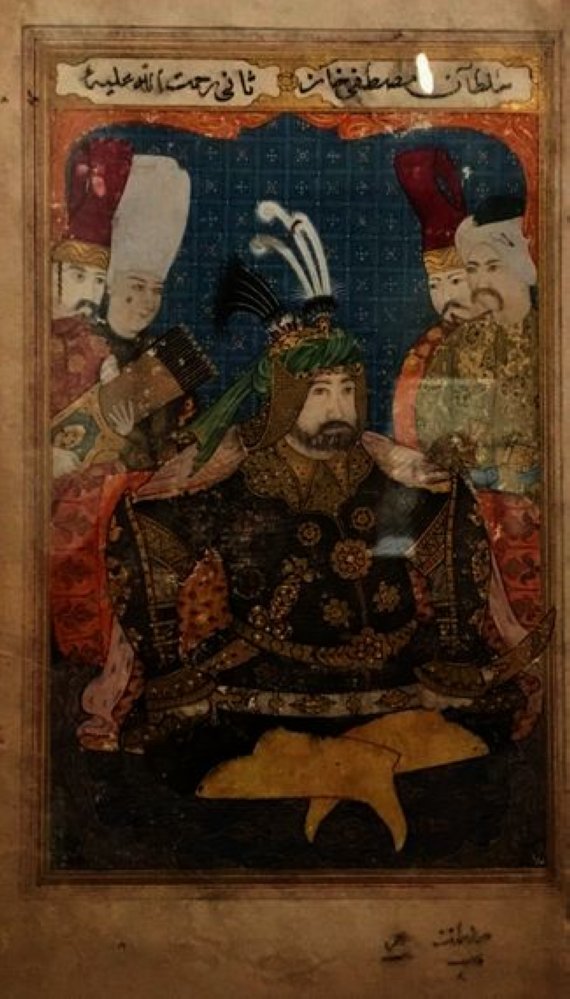
Mustafa composed beautiful poems he recited under the pen names Meftuni and İkbali. He was a master calligrapher and signed his writings as Dervish Mustafa. He was very pious and adhered to the Mevlevi Sufi order.
His reign saw the rise of soldiers like Selim Giray and Mezomorta Hüseyin Paşa, poets like Nabi, composers like Itri, historians Müneccimbaşı and Naima and calligraphers like Hafız Osman. The sultan tasked Silahtar Fındıklılı Mehmed Agha with writing important developments of the time.
In the Kaaba, Sultan Mustafa commissioned the restoration of the 27-step round staircase, which resembled a minaret's staircase, aligned with the Rükn-i Irakî (the corner facing the direction of Baghdad). He had the case of the al-Ḥajaru al-Aswad (Black Stone) made of gold. He had three out of six columns inside the Kaaba renovated; these are now located at the Mecca Museum. He commissioned the minaret and ordered the restoration of the Masjid (mosque) of Kuba. He ordered the cleaning of waterways. He initiated the tradition of reciting the Mawlid in Mecca each year. In the Mawlid an-Nabi, the congregation, after performing the isha (night) prayer, used to come to the mosque, the house where the Prophet Muhammad was born, and stand with candles in their hands and pray.
The sultan had the Saraçhane Bridge in Edirne repaired. He commissioned the reconstruction of the Sultan Bayezid II Mosque in Lepanto (Inebahtı-Nafpaktos). In the town of Busra in Syria, he commissioned a dome standing on four columns, a fountain and a shadirvan (a special fountain at mosque yards for ablution) and deep-water wells in the place called Mabrak an-Naka, where the Prophet’s camel landed.
Most of his children died very young, whereas his two sons Mahmud and Osman became sultans consecutively, reaching adulthood along with four of his daughters. The sultan’s wife Saliha Sultan was a notable benefactor. She commissioned the Arab Mosque in Galata, a mosque in Kısıklı, fountains in Galata and Çengelköy and the Kılıçpınar Dam.
Önceki Yazılar
-
NO MARRIAGE WITHOUT PERMISSION!24.07.2024
-
THE TRUTH OF KARBALA17.07.2024
-
CONTRIBUTIONS OF THE TURKS TO ISLAM10.07.2024
-
OUR TRADITION OF THE ENTARI (JALLABIA ) HAS YIELDED TO TIME3.07.2024
-
GALLOPING THROUGH HISTORY: THE OTTOMAN EMPIRE'S POSTAL COURIERS26.06.2024
-
SUMMER HAS COME, LET'S GO ON AN EXCURSION...19.06.2024
-
HOW DID THE TURKS LOSE THE ARAB LANDS?12.06.2024
-
IT WAS AN ART OF EXECUTIONER...5.06.2024
-
ARAB NATIONALISM AND THE TURKS29.05.2024
-
HOW DID TURKS BECOME MUSLIM?22.05.2024